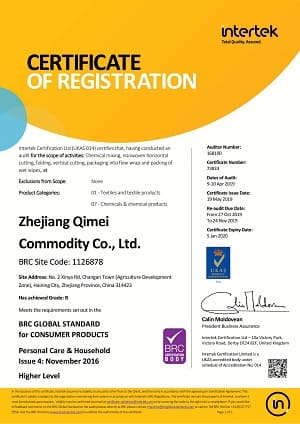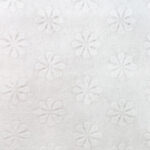Spunlace onwoven Tipo de tela: poliéster, material de mezcla de poliéster y viscosa, fibra de bambú, pulpa de madera (lavable), algodón o fibra de soja (biodegradable)
Plano o texturizado (su propio LOGOTIPO está disponible)
Peso: 30-80 g/m²
1/10/30/80/100/120/160 uds/paquete
The most common size of intimate wipes is around 5 inches by 7 inches;
6 inches by 8 inches;7 inches by 9 inches;8 inches by 10 inches. This size is convenient for single-use and provides enough surface area to clean and freshen the external genital area. However, some intimate wipes may be smaller or larger than this standard size to cater to specific preferences or needs of consumers.
1. Bolsa plástica resellable: este es el tipo más común de empaque de toallitas húmedas. Está hecho de plástico y tiene una tira resellable en la parte superior para mantener las toallitas húmedas y frescas.
2. Envase con tapa abatible: este tipo de envase consiste en un envase de plástico con una tapa abatible que se puede abrir y cerrar para acceder a las toallitas.
3. Paquete blando con tapa abatible de plástico: Similar al contenedor con tapa abatible, este empaque viene en un paquete blando y tiene una tapa abatible de plástico para facilitar el acceso.
4. Dispensador emergente: este tipo de empaque cuenta con un mecanismo dispensador emergente que saca una toallita a la vez.
5. Paquete de viaje: un paquete pequeño diseñado para usar sobre la marcha, a menudo viene con un cierre de presión de plástico.
6. Empaque de un solo uso: estas toallitas húmedas vienen en paquetes pequeños sellados que son convenientes para viajes o actividades al aire libre.
7. Bolsa de recarga: este empaque de mayor tamaño está diseñado para recargar otros recipientes de toallitas húmedas y, por lo general, tiene una abertura que se puede volver a sellar.
Isopropyl alcohol: This is a common cleaning agent that is effective at removing dirt and grime from electronic devices without damaging them.
Deionized water: This is water that has had its mineral ions removed, making it a highly purified form of water that is safe to use on electronics.
Non-ionic surfactants: These are cleaning agents that help to break down and remove dirt and grime from electronic devices.
Antistatic agents: These are chemicals that help to prevent static buildup on electronic devices, which can attract dust and other contaminants.The exact formulation and concentration of these ingredients may differ depending on the intended use of the wipe and the specific electronic device being cleaned.
ISO certification: ISO certification is a set of standards for quality management systems that are internationally recognized. Obtaining ISO certification can help demonstrate that the manufacturing process is of high quality and meets global standards.
Restriction of Hazardous Substances (RoHS) certification: This is a certificate that indicates that the electronic wipes are free of hazardous substances such as lead, mercury, and cadmium. The RoHS certification is required in many countries and regions, including the European Union.
Registration, Evaluation, Authorization, and Restriction of Chemicals (REACH) compliance: REACH is a regulation in the European Union that addresses the production and use of chemical substances, including those used in the production of electronic wipes. Compliance with REACH is required for companies that manufacture and/or import chemicals into the EU.
Good Manufacturing Practice (GMP) certification: This is a certificate that ensures that the manufacturing process follows a set of quality control procedures that are designed to ensure the safety, purity, and effectiveness of the product.












